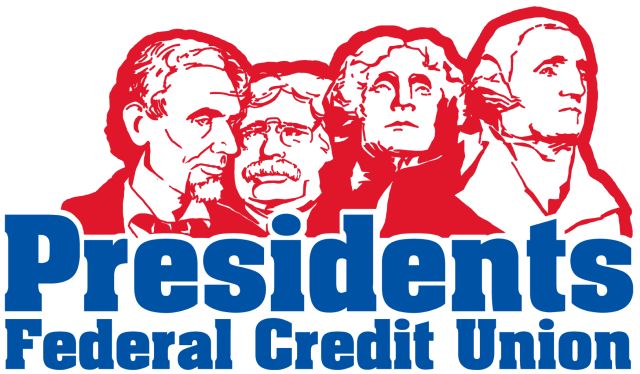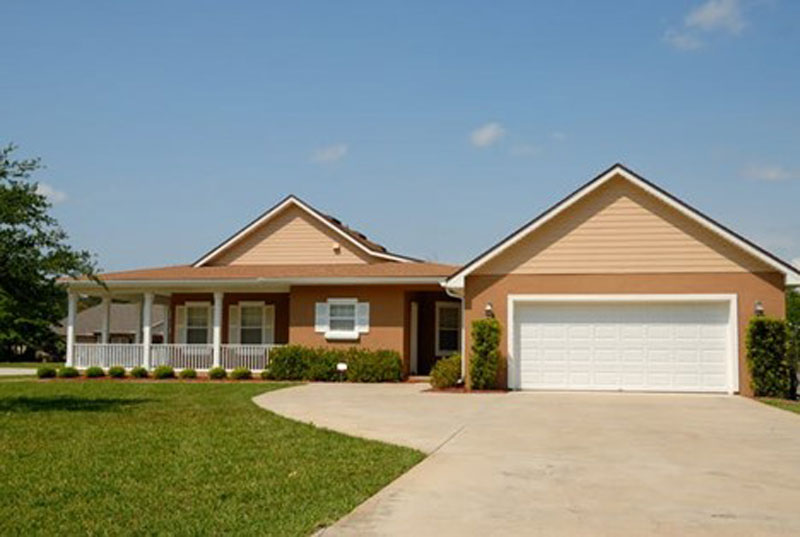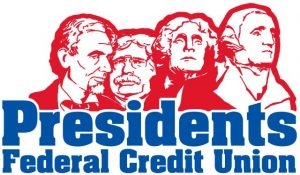When deciding to take out a loan for a home it is important to feel completely secure in your provider. Feel comfortable asking lots of questions to better understand the process, program, and provider! Here are five questions to ask to better understand your mortgage.
1. Which type of mortgage is best for me?
This question will help you determine whether you’re talking to just a producer — a salesperson — or a quality adviser. When you ask, “What are my options?” for each type of loan discussed, the mortgage lender should tell you the pros and the cons in light of your situation.
2. How much down payment will I need?
A 20% down payment is every lender’s ideal, but it’s not always required. Qualified buyers can find mortgages with as little as 3% down, or even no down payment. Again, there are considerations for every down payment option. The best lenders will take the time to walk you through the choices.
3. Do I qualify for any down payment assistance programs?
If you really want to size up your mortgage lender’s value, this is the question that will do it. If you get a chuckle or a groan in response, move on.
Lenders with knowledge of local, state and national down payment assistance programs — and the wherewithal to help you navigate the process — are well worth the hunt.
4. What is my interest rate?
You probably already planned to ask this mortgage question. It’s the one benchmark we all understand. Or do we? Lenders can move the needle on your mortgage interest rate a number of ways, most of them involving additional fees.
But after talking to at least a couple of lenders, you’ll get an idea of a ballpark interest rate you’ll qualify for. Let’s say it’s 5%. We’ll call that your payment interest rate because that’s what your monthly mortgage payment will be based on.
Knowing that, you’ll move on to the next — and very important — question, about the annual percentage rate, or APR.
By the way, if you’re considering an adjustable-rate mortgage rather than a fixed-rate loan, you’ll want to ask: How often is the payment interest rate adjusted? What is the maximum annual adjustment? What is the highest cap on the rate?
5. What is the annual percentage rate?
Now that you have an idea of what your payment rate will be, it’s time to find out what your annual percentage rate is. The difference between the two? The APR incorporates all of the embedded fees of the loan.
Ask your lender if any discount points are included in your APR. The answer you’re looking for is “No.” You can always decide later to buy discount points, which are extra fees you pay upfront to lower your interest rate.
When you have zero-discount-point APRs from competing lenders, you can see who has the lowest fees for the same payment rate.
In our example of receiving a 5% payment rate, you’re looking for the lowest APR based on that payment rate. Maybe one lender offers you a 5.25% APR, and another a 5.5% APR. The 5.25% APR lender is charging you fewer fees.
A higher APR isn’t always a bad thing.
Say you’re buying your “forever home.” If you buy discount points to lower your payment rate, you’ll have a higher APR. But after some years, you’ll make up for the additional fees by paying less in interest thanks to that lower payment rate.
Cincinnati Credit Union – Presidents Federal Credit Union (FCU) is federally insured and backed by the full faith and credit of the United States government for all accounts up to $250,000.00. We have over 60 years experience and offer the best values with friendly customer service.



Recent Comments